Search Results for 'Old Galway Society'
35 results found.
Local historians ensure Galway’s cultural identity thrives
The work of five local historians have contributed enormously to the ‘cultural capital’ on which Galway’s vitality and identity continues to thrive, according to Gearóid Ó Tuathaigh, Professor of History at the National University of Ireland, Galway.
The head of the river
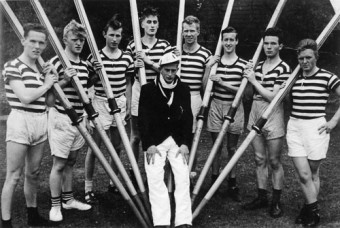
Rowing is a sport of endurance, strength, and finesse, a sport naturally suited to Galway where the river connects Lough Corrib with the sea. The earliest reference we have to competitive rowing on the Galway river is 1839. The first rowing club established here was the Corrib Rowing and Yachting Club in 1864 (149 years ago!) and as other clubs formed, rowing matches became more competitive. In 1868, Commercial Rowing Club was formed and the inter-club rivalry generated a lot of interest in the sport.
Galway abattoir
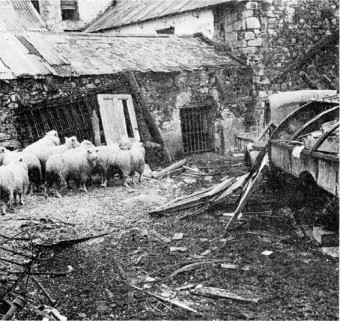
In the early days, farmers killed their own livestock, and in urban areas the killing was done by butchers. These victuallers would hang raw carcasses of meat outside their shops to show how fresh they were and to attract customers. It was only when the city fathers built an abattoir at the junction of Newtownsmyth and Bowling Green that slaughtering became subject to veterinary inspection and control in Galway. Our photograph was taken in 1966 and shows sheep awaiting their turn to enter the slaughterhouse through the grill gateway. They had already been in the yard for five days. The yard was connected to the abattoir buildings.
Taibhdhearc Na Gaillimhe
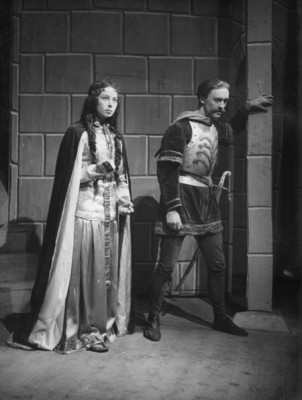
The history of theatre in Ireland goes back to the start of the 17th century. The beginning of the 20th century saw the emergence of plays written in Irish and that movement was given a significant boost with the opening of An Taibhdhearc on August 27, 1928. It is the oldest operational theatre in Galway and is Ireland’s National Irish Language Theatre. The title is made up of two Irish words, taibh meaning ‘spectacle or ghost’ and dearc meaning ‘behold’.
Courthouse Square c.1890
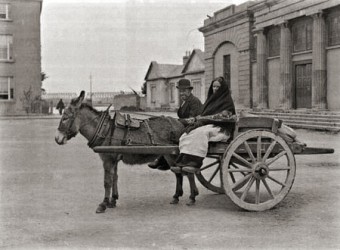
This interesting aspect of Courthouse Square shows the Town Hall on the left and The Convent of Mercy National School in the distance. The Mercy Sisters arrived in Galway in 1840 to a house in Lombard Street. The following year they bought JoycesDistillery and Mill house and stores on St. Stephen’s Island together with the excellent dwelling house and offices in which Mrs. Joyce resided. They converted these and opened a school there and called it St. Vincent’s Academy. They were very busy during the Famine and ran three soup kitchens, one in St. Vincent’s, one in Bohermore and one in Bushypark.
Courthouse Square, c1890
This interesting aspect of Courthouse Square shows the Town Hall on the left and the Convent of Mercy National School in the distance. The Mercy Sisters arrived in Galway in 1840 to a house in Lombard Street. The following year they bought Joyce’s Distillery and Mill house and stores on St Stephen’s Island together with the excellent dwelling house and offices in which Mrs Joyce resided. They converted these and opened a school there and called it St Vincent’s Academy. They were very busy during the Famine and ran three soup kitchens, one in St Vincent’s, one in Bohermore, and one in Bushypark.
Swimming and diving at Blackrock
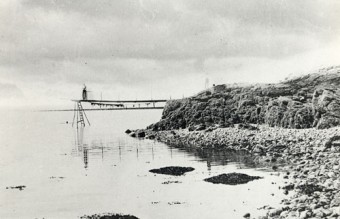
You can see from this turn of the century photograph why this area of Salthill would be known as Blackrock. Up until about that time there was a great tradition of fishing here. There was a small cluster of fishermen’s thatched cottages at Blackrock until the night of the Big Wind, when they were all literally blown away by the storm and the tide, forcing the occupants to move further inland.
Eugene Daly, survivor of the Titanic
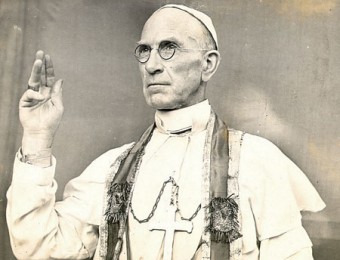
Eugene Daly was a 29-year-old weaver in Athlone Woollen Mills who decided to leave his job and go to America. He paid £6-19 for a third class ticket and boarded the Titanic at Queenstown. He was a piper and played native airs on board the tender on the way out to the liner. One of the survivors later sourly noted, “Looking astern from the boat deck, I often noticed how the third-class passengers were enjoying every minute of the time, a most uproarious skipping game of the mixed double was the great favourite whilst “in and out and roundabout” went a man with his bagpipes playing something that ‘faintly’ resembled an air.”
Public lecture on the Franciscans in Galway
The Old Galway Society will hold a public meeting on the history of the Franciscans in Galway city next week.
Michael Cloherty’s new premises, 36 Shop Street, 1902
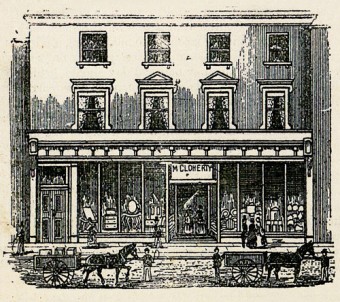
“Opening of New premises. Michael Cloherty, ironmonger and seedsman begs to inform his numerous customers and the public in general, that owing to his premises in Williamsgate Street having been burnt down, and being desirous of meeting the requirements of his Patrons, he has purchased the extensive premises owned by his brother, Mr Henry Cloherty, and known as 36, Shop Street, Galway, which he has stocked with an extensive Supply of all descriptions of Goods suitable to his Trade, so that those who patronised him in the past may not suffer any inconvenience in obtaining whatever class of goods they may require, in keeping with the business carried on in his late establishment.

